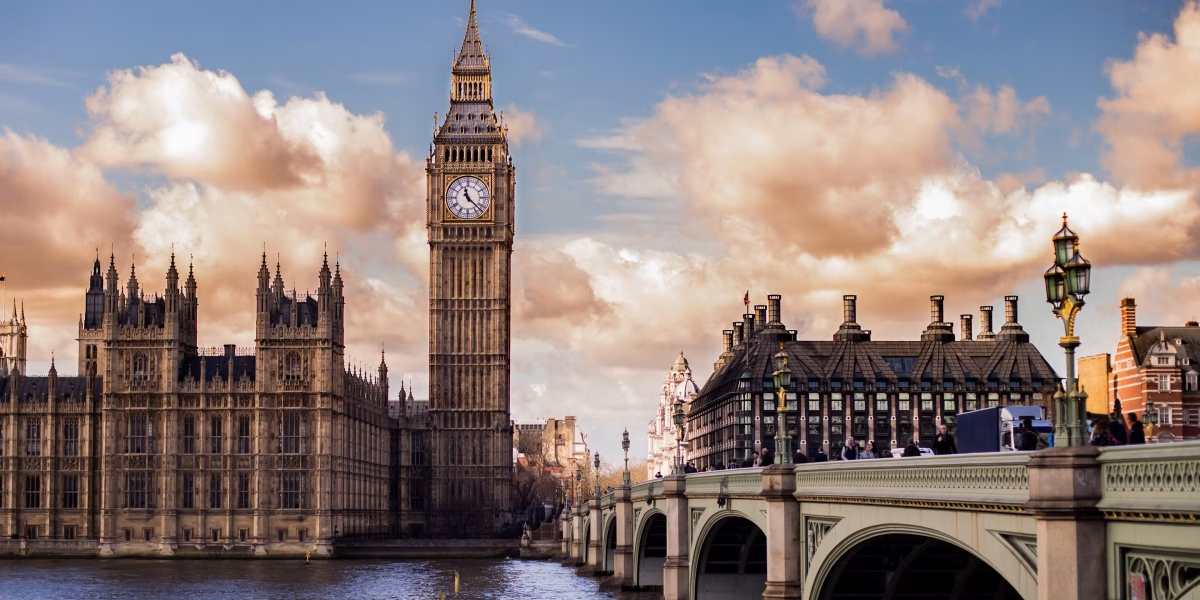Have you ever thought about how tsunamis form, or how they get so big? Tsunamis are powerful and devastating disasters in the form of massive waves that can sweep across coastal areas, causing damage and destruction. Tsunamis are triggered by sudden movements of the Earth’s crust under the ocean surface. The tectonic plate movements can displace huge amounts of water that creates waves that travel all across the ocean basins, sometimes colliding with continents. Understanding the concept of how tsunamis are formed involves learning the process that causes these massive events.

Tectonic plate movements at the ocean floor are vital in the formation of tsunamis. . The Earth’s crust is divided into many large plates, which float on the semi-fluid layer of the mantle beneath them. The plates are always moving, which is caused by the heat of Earth’s core resulting in convection currents in the mantle. The plates can meet, which can cause earthquakes, volcanic eruptions, and tsunamis. Tsunamis are often triggered when one tectonic plate is forced under another at a convergent boundary. As the plates touch each other, tension builds up. The seabed pushes a large amount of water upward, creating a wave.
There are many other different causes of tsunamis, like volcanic eruptions. When a volcanic eruption causes a big portion of the volcano to collapse into the sea, waves are created. Many areas around the world have developed a system of early warning systems to detect and alert the population. When a tsunami or earthquake is about to hit, it sends a signal to the region it could potentially affect, giving residents time to evacuate. Residents may evacuate by hiding in an enclosed space or by getting in a vehicle and driving as far away as possible.

Coastal communities in tsunami-prone areas often conduct drills and teach the public on how to evacuate and respond to a tsunami warning. Building coastal infrastructure with tsunami durability in mind, such as constructing seawalls and making buildings to withstand flooding or destruction, can help reduce the damage. Tsunamis are the cause of lives being taken away and places being destroyed. Understanding how tsunamis form is crucial for developing effective warning systems and preparation strategies. These preparation strategies can save lives and reduce the devastating impact of these disasters on coastal communities.








